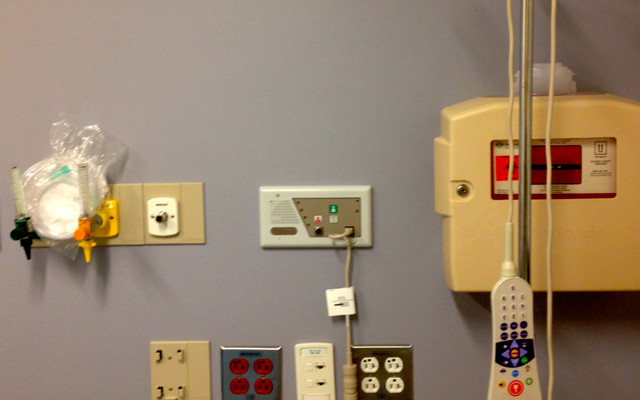Can you Teach Empathy?
Empathy allows us to understand and share the same feelings that others feel. By understanding and applying empathy in our daily lives, we can connect with others and share their feelings about problems, circumstances, or situations. But can empathy be taught?
Examples from business, education, and healthcare indicate that the answer is yes. Teaching about empathy starts with asking questions in order to “read” people. What is the person feeling? What actions or words indicate this feeling? How do we identify their feelings through words?
More and more employers say they look for empathy when making hiring decisions. Empathy is often first on the list. Stewart Butterfield, founder of Flikr and Stack, says that when he thinks about qualities he wants in people, “empathy is a big one.”
If you have no ability to empathize, then it’s difficult to give people feedback, and it’s difficult to help people improve. — Stewart Butterfield
Butterfield observes that one way empathy “manifests itself” is in courtesy. “It’s not just about having a veneer of politeness, but actually trying to anticipate someone else’s needs and meeting them in advance.”
University educators are also talking about the importance of empathy among their graduates. In an article in the Chronicle of Higher Education, Swarthmore professor Barry Schwartz suggests that empathy is critical to helping people learn to think. Teaching empathy as part of a college course may strike some as a strange. Schwartz disagrees. He believes an acquaintance with empathy will “pay enormous dividends in professional life.”
In the healthcare industry, doctors are learning “an essential but often overlooked skill” called clinical empathy. Unlike sympathy, which is defined as feeling sorry for another person, clinical empathy is the ability to stand in a patient’s shoes and convey an understanding of the patient’s situation as well as the desire to help.
Clinical empathy, traditionally a “good bedside manner,” used to be considered far less important than technical abilities. But today empathy is the crucial ingredient for establishing trust, the foundation of a good doctor-patient relationship. And medical schools are teaching empathy.
Mohammadreza Hojat, a research professor of psychiatry at Jefferson Medical College in Philadelphia characterizes empathy as “a cognitive attribute, not a personality trait.” She has developed the Jefferson Scale of Empathy, a tool that allows researchers to measure empathy.
“Empathy training is naturally self-rewarding,” said Laurie Drill-Mellum, a former emergency-room doctor. “It gives [doctors] the love back,” she said, referring to the positive feedback empathic doctors receive from their patients.
Empathy “is a cognitive attribute, not a personality trait.” Business leaders want to see it in their employees. Educators increasingly realize that they can teach their students the practice and application of empathy. It is the foundation of understanding people and offering creative solutions to their problems.












No Comments Yet!
You can be first to comment this post!